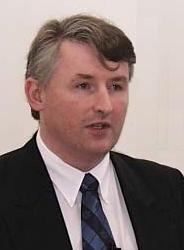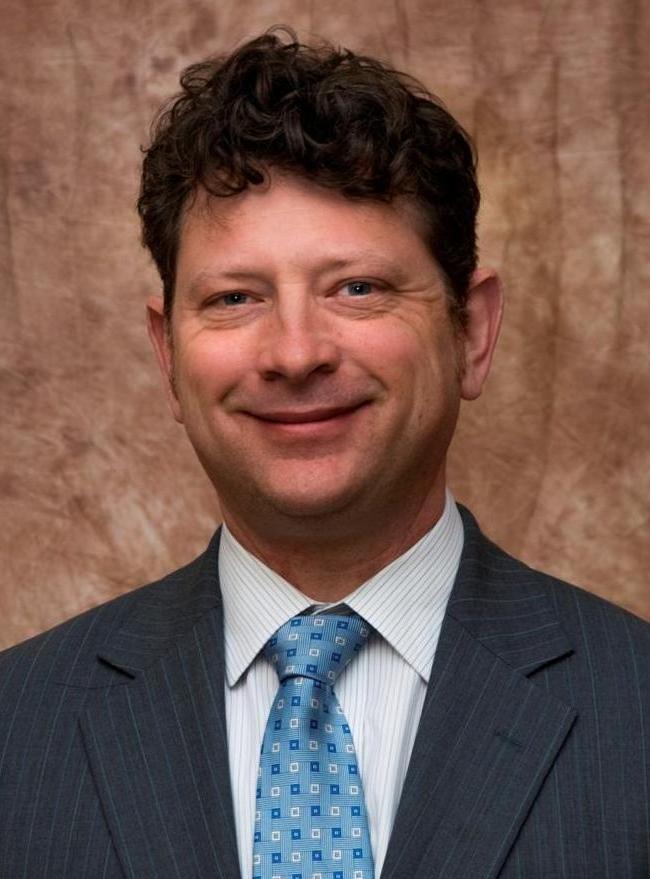|
 |
Ammonia and CO2 Refrigeration
Technologies
International Conference
- Ohrid 2015 - |
| |
|
Keynote Speakers
 |
Dr Andy Pearson,
UK,
Star Refrigeration Ltd
Past President of IoR (UK),
Member of IIR Commission E1
"Why is ammonia
such a good refrigerant?" |
 |
Dr Predrag Hrnjak,
USA,
University of Illinois
Member of IIR Commission E2,
Former member of IIAR Board of Directors
"In-tube
evaporation of CO2: visualization and effect of oil"
|
 |
Dr Armin Hafner, Norway,
SINTEF Energi AS
Senior Research Scientist
"2020 Perspectives
for CO2 refrigeration and heat pump systems"
|
 |
Eric Smith, USA,
Vice President and Technical Director of the IIAR (Int.
Institute of Ammonia Refrigeration)
"Navigating
the regulatory environment and opportunities for new technologies
in the U.S." |
 |
Maurice Young, UK,
Maurice Young Consulting Ltd
Director and Principal Consultant
"The
compliance of ammonia refrigeration plants with the EU ATEX
Directive" |
|
|
Main Topics of the Conference
Design
of modern ammonia (NH3) systems and technological innovation
Low charge ammonia technology; Small size ammonia systems; Factory-made
units;
Advanced design and testing methods;
Compatibility of ammonia with metals and new oils.
Design
of carbon dioxide (CO2) refrigeration and heat pump systems
Transcritical and subcritical operation;
Modifications of cycles to improve the energy efficiency;
Development of CO2 systems intended for hot climate;
Ejector as an expansion device.
New innovative components
Plate and “shell & plate” heat exchangers; DX evaporators;
Microchannel air-cooled condensers; Improved evaporative condensers;
Semi-hermetic and hermetic ammonia compressors;
High-pressure ammonia and CO2 compressors.
Energy efficiency of
ammonia and CO2 refrigerating systems
Advantages of ammonia and CO2 versus fluorocarbon-based systems;
New secondary coolants; CO2 as a secondary coolant;
NH3/CO2 cascade systems.
Applications of
ammonia and CO2 refrigeration
Cold stores, food and drink industries; Supermarkets; Air-conditioning
systems (liquid chillers);
Heat pumps (medium and high temperature heating).
Absorption machines
Modified absorption cycles; Trigeneration and district cooling.
Ammonia and CO2 systems
in developing countries
Modernisation, improvements, technical assistance, barriers.
Technical and safety
issues; Guidelines and training materials
Regulations on the construction and operation of ammonia and
CO2 refrigerating systems;
Education and training for: best practices, operating procedures,
handling and safe operation.
Public awareness of the
image and benefits of natural refrigerants
Crucial and sustainable contributions to a better environment;
Barriers to market penetration;
Current and future use of natural refrigerants; Montreal and
Kyoto Protocol, phase-down of HFCs.
|
|